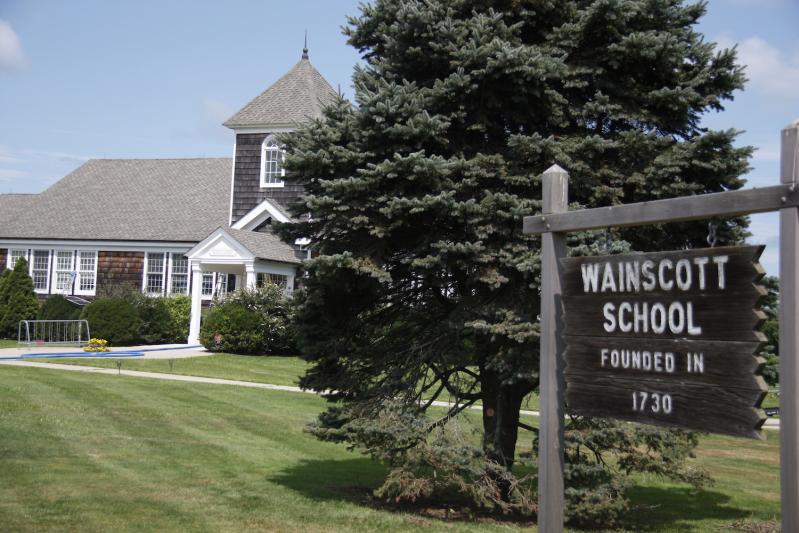The region’s two smallest school districts, Wainscott and Sagaponack, are once again proposing over-the-tax-cap budgets, with rising costs primarily attributed to enrollment changes.
In Wainscott’s case, special-education spending — including $180,000 for tuition and busing for one student’s attendance in a year-round, out-of-district program — is the key difference. In Sagaponack, an unusually large group of eight third graders will move up next year, meaning tuition to the three receiving districts — Sag Harbor, Bridgehampton, and East Hampton — will increase.
The two tiny schools are considered “common districts” because of their size — Wainscott has 24 kids enrolled, Sagaponack, 13 — which means they do not receive the same levels of state money for which larger districts are eligible.
“With this year’s tax cap numbers and the impact of the system, most of the larger districts would have been in a similar position or close to it,” David Eagan, president of the Wainscott School Board, said this week. “The governor’s budget provided a significant increase in foundation aid at the last minute, but we get zero foundation aid. It never relates to us.”
Wainscott’s spending plan for 2022-23 is about $4.1 million, or an increase of 7 percent — $298,551 — over the current year’s budget. When school officials sat down to consider the budget a few months ago, they realized the state’s cap on tax-levy increases would mean reducing the district’s tax burden by 1.3 percent. Now, the over-the-tax-cap increase is proposed at 10.72 percent, which means the school needs at least 60-percent voter approval for the budget to pass. For many years Wainscott was able to reduce its tax levy annually by tapping into a surplus account called the “unassigned fund balance,” but that has more or less dried up.
“Over the last decade or so, we really right-sized this budget,” Mr. Eagan said. “Our expenditures really match our tax levy now. We have very little cushion.”
In an effort to offset the increase, the district will lay off one teaching assistant — an unprecedented move for Wainscott. “We went back and scrubbed this budget to the bare bones,” Mr. Eagan said. “That shows the board has really done everything it can here, to keep this as low as possible.”
Wainscott’s budget was also impacted by the fact that it has now finished paying off the 15-year bond it took out in 2007 to build its new two-classroom schoolhouse. Usually, a district can exclude that expense from its tax-cap calculations, but that is not the case here.
If the over-the-cap plan is approved, Wainscott homeowners on the East Hampton side of the district will see their tax rate rise by about $13.36 per $1,000 assessed property value. For the Southampton side of the district, homeowners will see taxes increase by $4.23 per $1,000 assessed value.
Sagaponack’s proposed budget is $1.87 million, representing a spending increase of $139,085, or 8 percent. The associated tax-levy increase would be 17.12 percent. Outside of budgeting nearly $123,000 more for tuition, a $5,933 increase in employee benefit spending, up to $49,800, is projected. Because of increased building maintenance needs, that budget line is rising just under $13,100, up to $31,395.
Jay Finello, Sagaponack’s superintendent and principal, said he was optimistic that voters will approve the school budget. “We communicate with our community members regularly,” he said.
In districts like Wainscott and Sagaponack, even relatively small budget fluctuations “produce big percentages,” Mr. Eagan commented.
If Sagaponack’s budget is approved, homeowners can expect to see the school tax rate rise by around 4 cents — up to approximately $0.27 per $1,000 assessed value.
The budget vote is May 17. Voting hours in Wainscott are 2 to 8 p.m.; in Sagaponack, ballots may be cast at the school for one hour, from 7:30 to 8:30 p.m.

